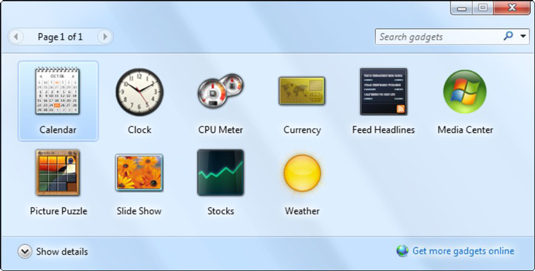

“It applies a good sense-of-urgency ploy using the highlighted ‘Today’ and the body doesn’t have obvious grammar or spelling errors.

“We give this threat actor two gold stars for the table with made-up laptops, fake serial numbers, building, etc.,” said Kirk. One hole in the phishing email is that the “From:” line shows a compromised account titled “Genadiy,” which may serve as a warning sign for the intended victim, as it is not from their company domain’s IT department. Researchers said the phishing scam would be more believable if the sender were instead more generic, such as “Helpdesk.” Credit: Cofenseīelow the URL, the emails included additional detail telling the user what they can expect from the upgrade process, and a color-coded list with items like: “COVID-19 employee symptom tracker,” “access your pay slips and P60s” and “access the new staff directory.” This link then takes the recipient to the phishing landing page. Below, it then tells users, “To Upgrade your Windows 10, please open your browser to the Windows 10 Upgrade Project Site,” pointing to a URL. The email tells recipients, “Your Office Windows computer is Outdated and an Upgrade is scheduled for replacement Today,” and includes a schedule (of note, some strange capitalization and spacing is utilized, serving as red flags that the email is not legitimate). The phishing emails in question, entitled “Re: Microsoft Windows Upgrade,” use the “re” prefix, which researchers said may instill a sense of urgency by leading the user to believe they have missed a prior communication about the upgrade. “Unfortunately, these delays give the bad guys time to refine exploitation techniques on older operating systems lacking the latest architecture.”

“This explains why enterprises wait, sometimes for years, before taking the plunge,” said Kaleb Kirk, researcher with Cofense in a Friday analysis. While Windows 10 was released in 2015, the pains of upgrading end-user machines mean that many companies have been lagging behind in updates. 14, with Microsoft urging enterprises to upgrade to its Windows 10 operating system. Windows 7 reached end-of-life (EOL) on Jan. An ongoing phishing attack puts pressure on enterprise employees to upgrade their Windows 7 systems – but in reality, they are redirected to a fake Outlook login page that steals their credentials.


 0 kommentar(er)
0 kommentar(er)
